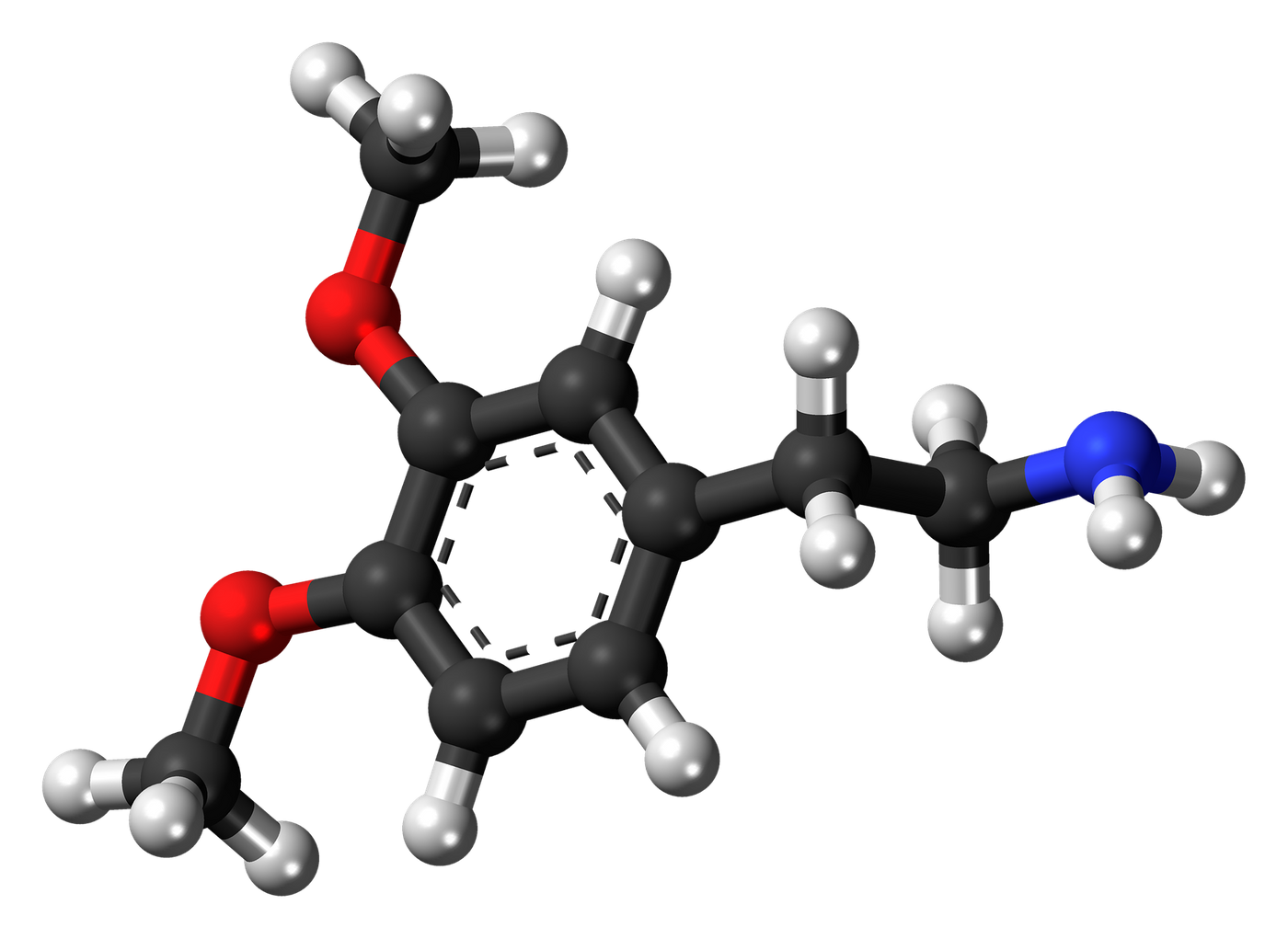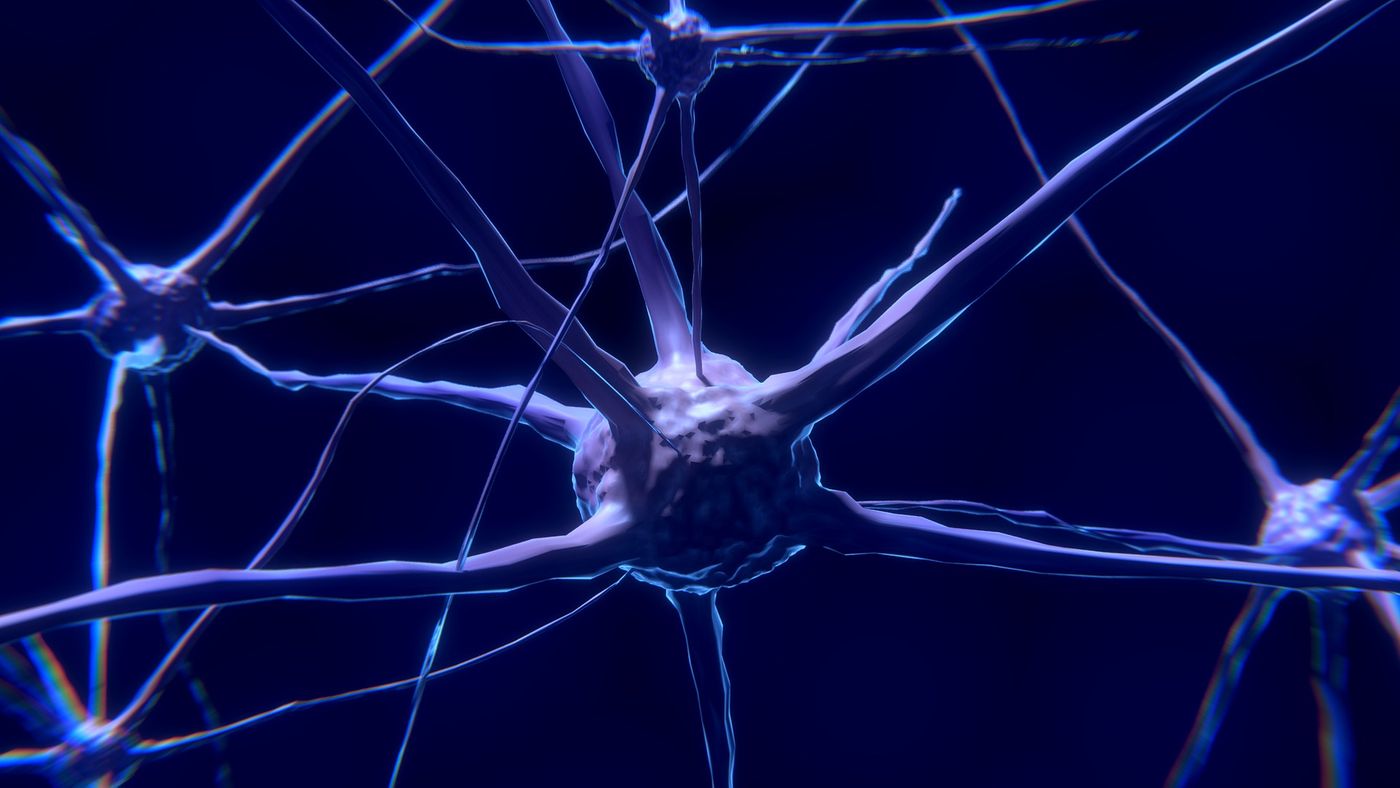Resolution of the D4 Dopamine Receptor for Drug Discovery
Dopamine receptors are a class of G-protein-couple receptors which span cell membranes to facilitate signal transduction and multiple functions of the cell. G-protein coupled receptors, or GPCRs, also represent a class of highly targeted receptors therapeutically and dopamine receptors are most definitely included in this grouping. Dopamine receptors in specific are an essential part of the central nervous system where they act to facilitate neurotransmission and neuroendocrine signaling. They are integral to many neurological processes such as learning, motor skills, cognition, memory, etc., and alterations in their signaling or function underlies almost every neuropsychiatric disorder. This makes them ideal therapeutic targets in these types of disease. Recently a collaborative group out of Stanford University, California, the University of California, San Francisco, and the University of North Carolina, Chapel Hill, have determined the crystal structure of the D4 dopamine receptor family member. Why is this a good thing? According to this group, “the ability to efficiently exploit structure for specific probe discovery – rapidly moving from elucidating receptor structure to discovering previously unrecognized, selective agonists – testifies to the power of structure based approaches.” This crystal structure also provides a basis by which new therapeutic compounds can be virtually screened to test for binding to the structure, and if any are found to be promising leads, they can be followed up biologically.
Dopamine receptors are implicated in schizophrenia, drug abuse, and Parkinson’s disease to name a few, so identifying new molecules and compounds to combat any or all of them represents much needed progress forward in the field. There are currently many compounds thought to target dopamine receptors, and in specific the D4 family member, but the specificity of these drugs may be less than optimal and the molecular mechanisms underlying is not fully understood. Finding new agonists would not only potentially provide more selective modalities, but would also help us to better understand the biology. In the study mentioned above, the researchers were able to crystalize D4 dopamine receptor in an inactive state while bound to the antipsychotic drug nemonapride with high resolution. This data was then used for computational ligand discovery coupled with biological/pharmacological assays to verify novel, previously unrecognized probes with high selectivity and potency toward this receptor. This has provided the ground work for new therapeutic opportunities in treating a wide range of neuropsychiatric disorders.
Sources: Wikipedia, Science Magazine, Pixabay










